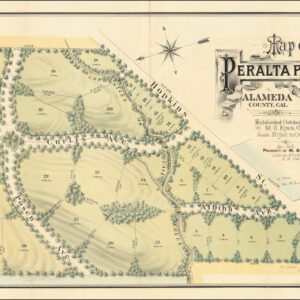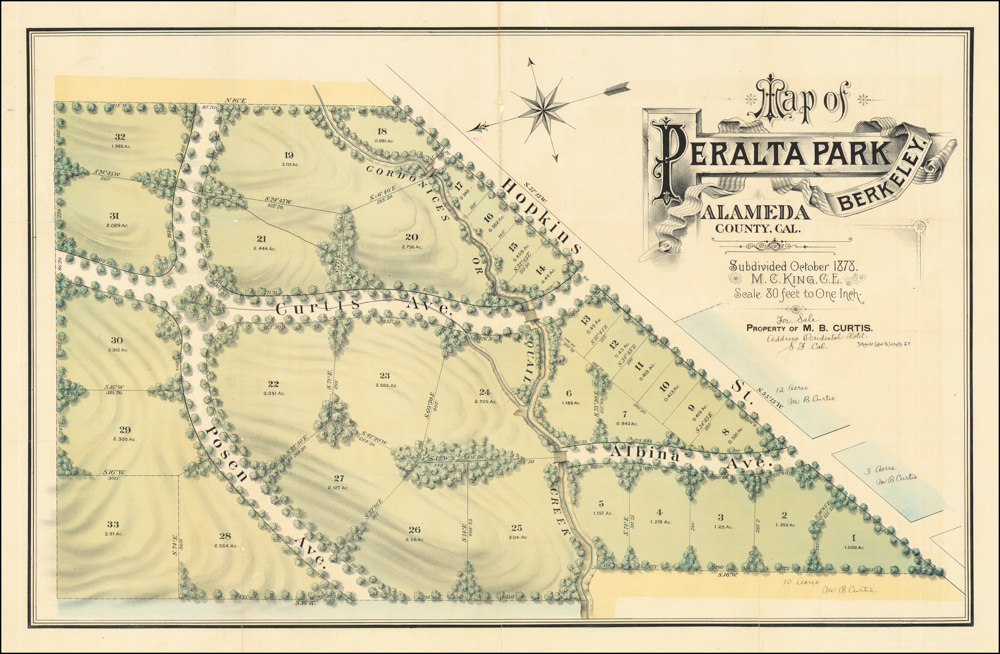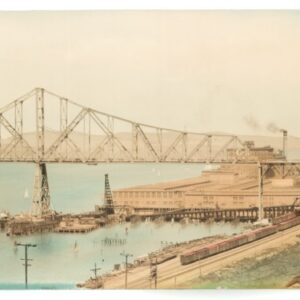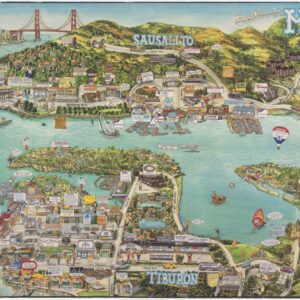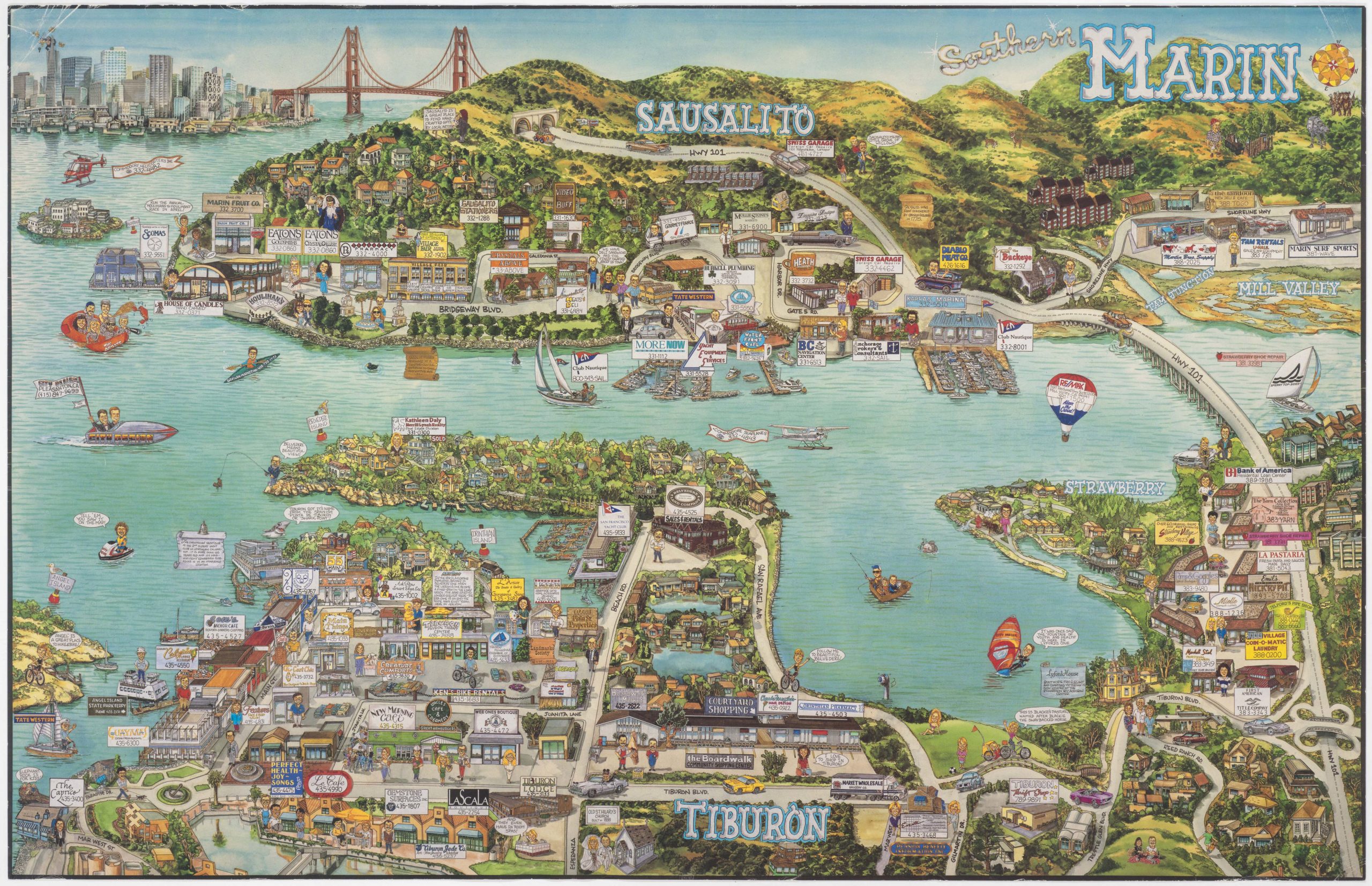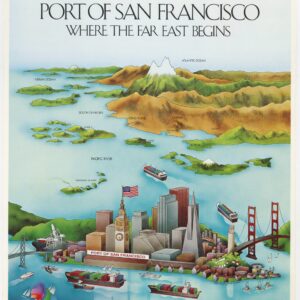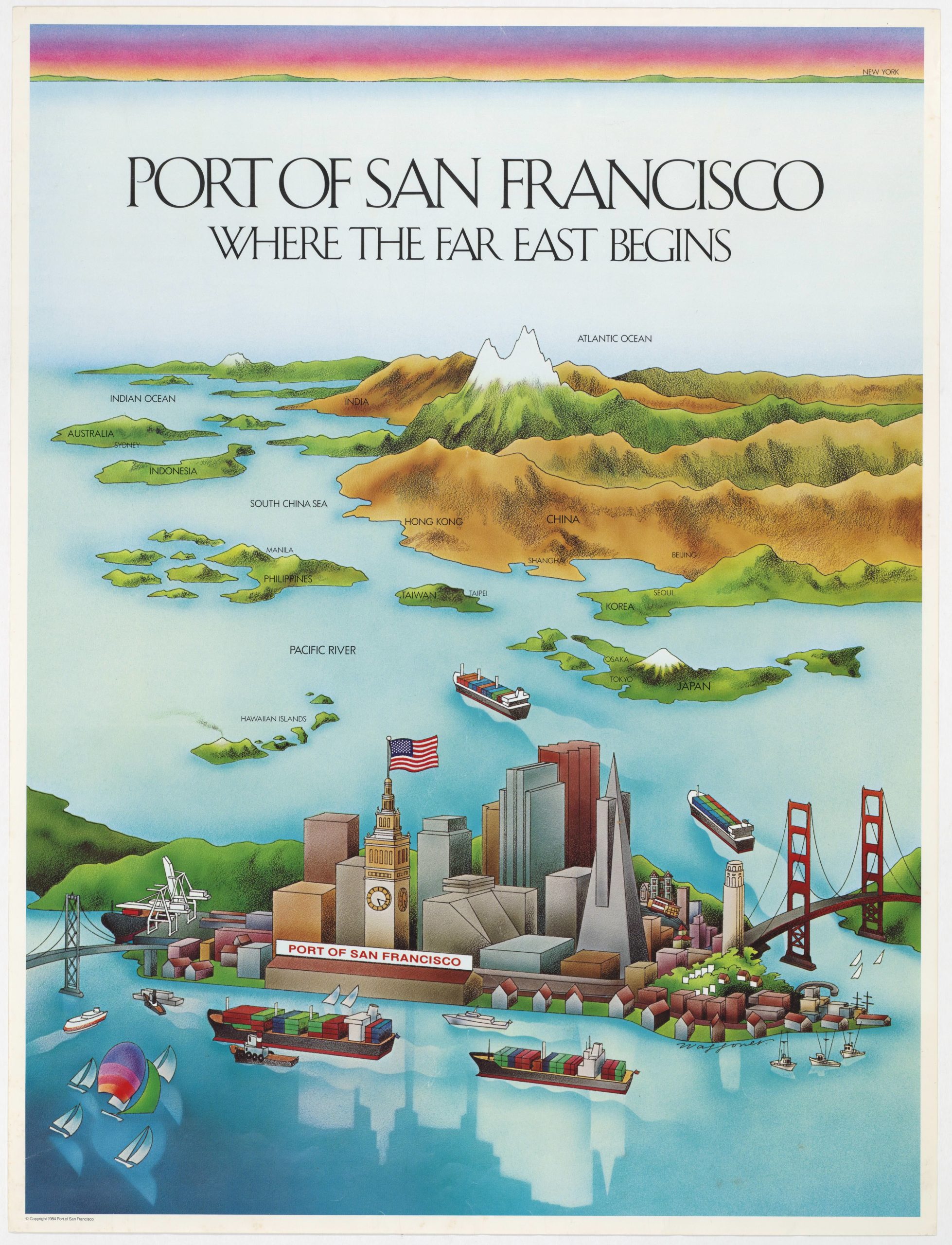A rare remnant from the early days of the California Oil Industry, from the collection of esteemed geologist Jorgen O. Nomland.
Preliminary Geologic and Structural Map of the Lompoc and Guadalupe Quadrangles, California Including a Large Part of the Santa Maria Oil District.
$3,000
1 in stock
Description
This early 20th-century geological map of Santa Barbara County constitutes some of the earliest official cartography related to the American oil industry. The map was produced in 1907 as a chromolithograph by the U.S. Geological Survey and published in Washington, D.C.
Provenance
Our copy of this extraordinary map has a unique provenance, as it comes from the private collection of esteemed geologist Dr. Jorgen O. Nomland (1885-1943). Nomland was educated at the University of California, earning his Ph.D. in geology and paleontology in 1916. Later the same year, he was employed as a field geologist by Standard Oil. Minor pencil annotations suggest that Nomland used the map in the field.
After working for some years in California and Mexico, Nomland followed expeditions abroad, first in Central America and Panama, then French Indo-China, and ultimately to almost all petroliferous countries of the world. Nomland became one of the most reputable petrogeologists of his time. He contributed to the discovery of petroleum in multiple countries and advised major stakeholders such as King Saud or the Sheikh of Bahrain on the construction and expansion of their oil infrastructure. As a key player in a rapidly developing industry, Nomland amassed an astounding collection of petroleum-related documents, maps, and art. Neatline is proud to offer this exceptional geological chart Santa Barbara chart from his private collection.
Scope
In scope, the map stretches from the estuary of San Antonio Creek in the northwest to Cañada del Corral and Gaviota Beach in the southeast, encompassing the entirety of the promontory west of the old Santa Barbara Mission. Today, much of this area is occupied by the enormous Vandenberg Air Force Base, but back in 1907, it was still largely uninhabited. One of the main towns in the area, Lompoc, is clearly delineated and labeled on the map, including an actual street grid. The map’s title shows that the primary points of geological interest on this map were sectors referred to as the Lompoc and Guadalupe quadrangles.
The mapmakers have succeeded in producing a complex geological chart that shows all of the compositional and structural features that geologists study when assessing a specific territory for oil prospection. The colorized legend allows different strata and rock formations to be identified by type, just as anticlinal and synclinal structures are made apparent. Creeks, rivers, and other waterways are illustrated, as the presence of water relates to everything from settlement to setting up large-scale prospection and extraction. Running through this landscape like a spinal column is the Santa Ynez River, which empties into the Pacific just south of the Vanderberg Base.
Despite being among the earliest national maps dealing specifically with the oil fields of southern California, we find ample evidence on the map itself of an already booming industry. The map includes oil wells in operation and abandoned ones, underscoring that this was an exploration process that had been going on for some time already. The context section below provides a brief history of the California oil fields as they were developed up until this point.
In sum, this evocative map is significant documentation of the oil boom in California and the creation of an entirely new American industry that would change the world. This gorgeous chart is a cornerstone in any collection focussing on the history of the California oil industry, particularly the development of the Santa Barbara complex in the early 20th century.
Census
Despite the sheet being published by the U.S. Geological Survey during an era of intense interest, only a few copies of this map have survived. The OCLC lists four institutional copies (no. 491660122), located at Stanford University, U.C. Berkeley, Columbia University, and the Sorbonne in Paris.
Context is Everything
The earliest oil extraction initiatives in California were instigated in 1865, only seven years after Edwin Drake had developed the first oil drilling system. Production began with the Union Mattole Company, which worked in the Mattole Valley, near Petrolia and Humboldt County. At the time, this was only the second location in the U.S. where oil was being drilled, and the Mattole Company hoped that California would end up being far more productive than the first American oil fields in Pennsylvania.
In the late 19th century, California’s need for oil – like everything else – was exploding. Despite its efforts to meet the enormous and ever-growing demand, the Union Mattole Company could not produce enough oil from its wells to even make a dent in California’s need. Local entrepreneurs were quick to rise to the opportunity. The year after the Mattole Company began in Northern California, new southern enterprises also sprang up. From the days of the conquistadors and New Spain, the La Brea tar pits had stood as obvious confirmation of the shallow presence of oil in and around Los Angeles, but this general awareness was about to be tested.
By the mid-1860s, various places were being investigated to determine whether the oil pockets were comprehensive enough to be exploited commercially. The first serious endeavor came when Thomas Bard and Josiah Stanford (Leland Stanford’s brother) began extracting oil from Sulphur Mountain in the Ojai Basin, only some 35 miles east of Santa Barbara. Within a decade, a new complex had been established in Pico Canyon, in the Santa Susana Mountains, just north of the San Fernando Valley, which would become California’s first commercially successful oil well. It was an accomplishment that reverberated throughout the country. The adventure began in 1875 when the California Star Oil Works Company hired Charles Alexander Mentry (1846-1900) to supervise their drilling operations.
Mentry drilled three wells between 1875-76, all showing promise. However, it was only with the fourth well that California’s first so-called “gusher” was struck. The large pocket was located at a depth of only 370 feet (110 m), and the well quickly yielded 25 barrels per day. The well’s output increased six-fold when Gentry drilled to 560 feet (170 m) the following year. With the success of Well no. 4, an oil pipeline was constructed, which ran from Pico Canyon to the company’s refinery In Newhall. This line was later expanded to reach the Pacific at Ventura. Mentry’s Well No. 4 continued producing oil for more than a century and was not capped until 1990. Today, Pico Canyon’s Well No. 4 is listed on the National Register of Historic Places in Los Angeles County.
With the commercial success of Pico Canyon, larger players soon joined the race. By 1883, the Pacific Coast Oil Company (later Standard Oil) had acquired the Pico Canyon complex and produced more than 500 barrels daily from at least thirty wells. Despite the change in ownership, Charles Alexander Mentry remained the operations superintendent until his death in 1900.
Soon new finds were made in and around Los Angeles so that by 1895 more than 80 wells were in operation in the greater Los Angeles area. Two years later, that number had boomed to over 500 operational wells in this area alone. Throughout California, the extraction and production of oil continued to grow precipitously until the dawn of the 20th century. By 1900, in excess of 4 million barrels a year were produced in California alone, causing the price of oil to plummet. Two decades later, in 1920, this number had risen to 77 million barrels a year, revealing just how intense and efficient prospection and extraction processes became during the period in which this geological prospection map was compiled. Oil production had indeed become an American industry.
Cartographer(s):
Ralph Arnold (1875-1961) was an American geologist and petroleum engineer from Iowa. The Arnold family moved to Pasadena in 1886, where Ralph attended the California Institute of Technology. He received his B.A. in geology and mining from Stanford in 1899 and completed an M.A. and Ph.D. (1902) in the same field in the ensuing years.
After receiving his degrees, Arnold worked for the United States Geological Survey until 1909, producing some of southern California’s now famous geological quadrangles. He was generally active in petroleum surveys throughout the country and was among the organizers behind the Petroleum Branch of the U.S. Bureau of Mines. From 1911, Arnold spent five years leading a landmark survey of petroleum resources in Venezuela and Trinidad. After this success, he conducted independent petroleum and mineral explorations from Canada to Mexico, including key surveys in Alaska, Arizona, California, Oklahoma, Oregon, Montana, Texas, and Washington.
After the First World War, Arnold became interested in politics, and in 1927 he joined Herbert Hoover’s presidential campaign. Despite Hoover’s victory, Arnold does not appear to have taken a position in his administration.
U.S. Geological SurveyCreated by an act of Congress in 1879, the United States Geological Survey (USGS) is a scientific agency under the U.S. government whose purpose is to investigate, survey, and map the United States territory, including natural resources and any potential threats to the depicted habitat. The organization has evolved over time, gradually adapting to the progress of science and technology.
The USGS is the only science-based agency under the Department of the Interior, and its responsibilities fall within the disciplines of biology, geography, geology, and hydrology. The USGS is considered the best authority on domestic questions relating to these subjects, and often their maps will cover several or all of these themes in the same chart.
Condition Description
Segmented and mounted to period linen backing; minor soiling and brief pencil annotations; ink inscription "Santa Maria Geologic, J.O. Nomland" on verso.
References
Related products
-
Add to WishlistAdd to Wishlist
-
Add to WishlistAdd to Wishlist
-
-
Add to cart
- Add to WishlistAdd to Wishlist
Add to WishlistAdd to Wishlist -
Add to cart
-
Add to WishlistAdd to Wishlist
